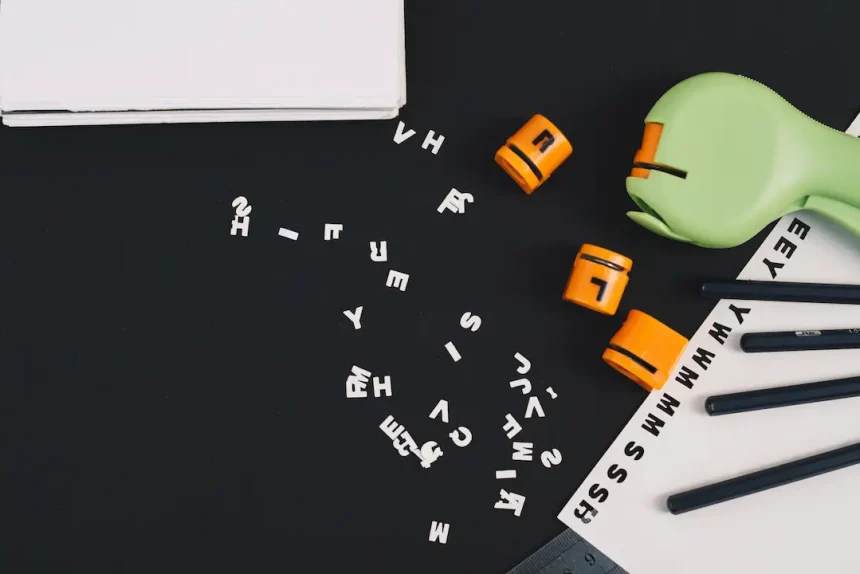An Individualized Education Program (IEP) is a tailored learning plan mandated by the Individuals with Disabilities Education Act (IDEA) of 2004 for students in public schools with disabilities. The IEP is crafted by a team to meet each student’s unique needs.
What is an IEP in School?
An IEP in school refers to a customized educational plan designed for students identified with disabilities, ensuring they receive the support necessary to succeed. The IEP outlines specific learning goals and is developed collaboratively by educators, parents, and specialists.
Key Components:
- Detailed goals and objectives for the student
- Evaluation processes for continuous assessment
- Defined roles of participating team members
What Does IEP Mean in School?
In a scholastic context, IEP signifies a legal, personalized document that describes a child’s learning requirements and the services the school will provide to address them.
Understanding the Referral Process
The first step in implementing an IEP is the referral process carried out through Response to Intervention (RTI), a systematic method of documenting a student’s difficulties in the general education setting.
Tiers Explained:
| Tier | Description | Example |
|---|---|---|
| Tier 1 | Group interventions benefiting all students, including at-risk individuals. | Classroom audio systems to aid hearing and attention. |
| Tier 2 | Targeted small group instructions for students not responsive to Tier 1. | Reading assistance for English Language Learners. |
| Tier 3 | Intensive 1:1 instruction for skill deficit children unresponsive to Tier 2. | 1:1 Reading skill training for individual students. |
Evaluation for Special Education
Referral, consent, and testing are critical steps in determining a child’s disability and the need for an IEP. This involves parental consent, careful review of existing data, and deciding if further assessments are needed.
Steps:
- Referral for evaluation, often initiated by a teacher or parent
- Consent to evaluate where parents agree to assessments
- Testing within 60 days followed by a disability determination meeting
For a comprehensive breakdown, including examples and quiz prompts, see our full guide.
What is IEP in Special Education?
In special education, an IEP lays out a detailed framework to assist students in leveraging personalized instructional strategies and meeting individualized learning targets.
IEP Development Process
The IEP team, including educators and family, collaborates to tailor the educational plan based on evaluation outcomes and specified goals.
Parts of the IEP:
- Invitation notices for meetings
- Details of student’s strengths and weaknesses
- Planned academic and functional goals
- Special factors influencing student’s educational access
- Annual goals with progress benchmarks
IEP Reviews and Re-evaluations
IEP reviews, including three-year re-evaluations, ensure the program remains relevant and effective, gauging if continued special education services are warranted.
Key Events:
- Regular evaluation to measure and maintain the student’s developmental progression
- Dismissal decisions if the student meets educational targets
- Special reviews when modifications are necessary
Get detailed practice tips and case studies on this topic in our extended content.
Want detailed practice tips to ace the NBCOT® exam? Join now for full access!
What is an Individualized Education Program (IEP)?
An Individualized Education Program (IEP) is a customized educational plan designed to meet the unique learning needs of students with disabilities. It is mandated by the Individuals with Disabilities Education Act (IDEA) of 2004 and crafted collaboratively by educators, parents, and specialists in public schools.
How does the referral process for IEP work?
The referral process begins with a systematic approach called Response to Intervention (RTI), used to document a student’s challenges in general education. It involves multiple tiers of support, starting from group interventions to individualized 1:1 instruction.
What are the key components of an IEP?
An IEP includes detailed goals and objectives for the student, evaluation processes for continuous assessment, and clearly defined roles for participating team members. It also outlines the learning goals and the services the school will provide.
How often are IEP reviews conducted?
IEP reviews are conducted regularly, including three-year re-evaluations, to ensure that the program remains relevant and effective. These reviews consider the student’s progress and determine if special education services continue to be necessary.
What does the evaluation process for an IEP involve?
The evaluation process involves several steps: referral for evaluation by a teacher or parent, parental consent for assessments, and testing within 60 days. Subsequently, a meeting is held to determine the child’s disability and the need for an IEP.



